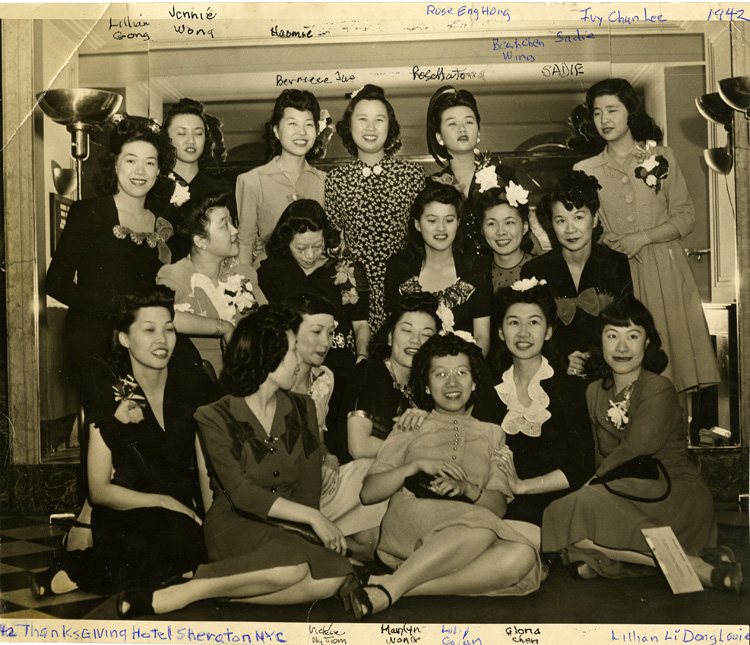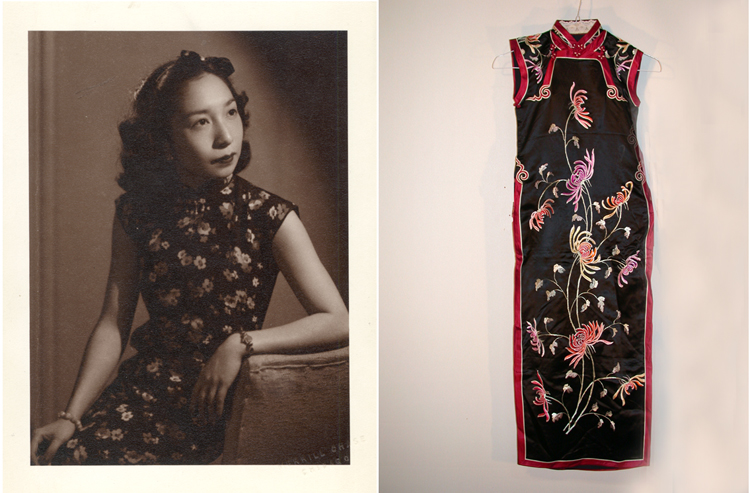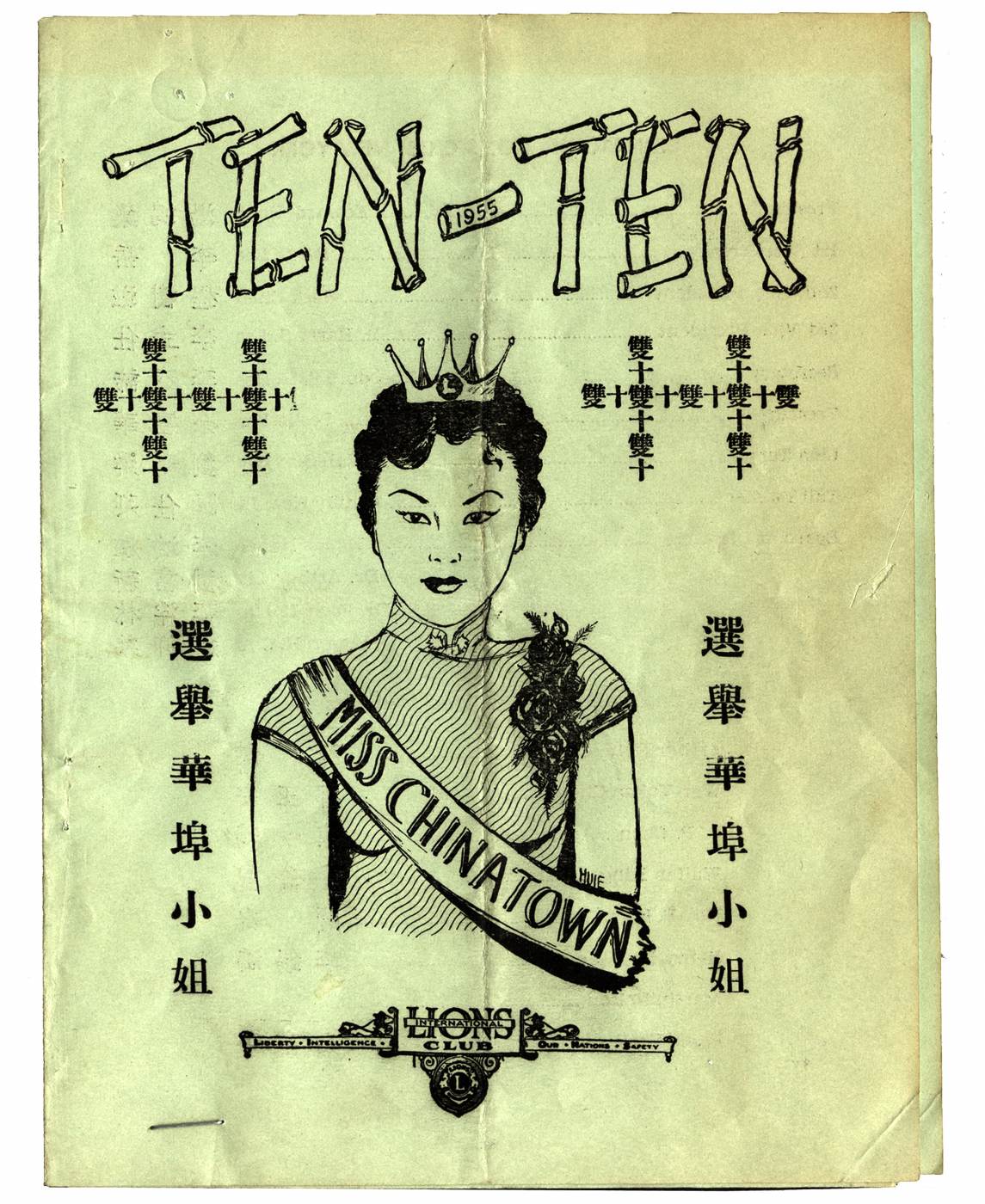The Ging Hawk Club started as off as a Young Women’s Christian Association (YWCA) affiliated organization that was founded in 1929 by Social worker Theodora Chan. The club, whose name literally means “striving for knowledge,” was created for Chinese women in college and was meant as a place where they could meet like-minded women. The club had 5-6 members when it started and peaked at 25-30 members during its heyday. The club organized social and cultural activities also raised money to help China and the US fight the Japanese during WWII. The club remained active until the 1960s.
Collections馆藏Collections馆藏Collections馆藏Collections馆藏Collections馆藏Collections馆藏Collections馆藏Collections馆藏Collections馆藏Collections馆藏Collections馆藏Collections馆藏Collections馆藏Collections馆藏Collections馆藏Collections馆藏Collections馆藏Collections馆藏Collections馆藏Collections馆藏Collections馆藏Collections馆藏Collections馆藏Collections馆藏Collections馆藏Collections馆藏Collections馆藏Collections馆藏Collections馆藏Collections馆藏Collections馆藏Collections馆藏Collections馆藏Collections馆藏Collections馆藏Collections馆藏Collections馆藏Collections馆藏Collections馆藏Collections馆藏Collections馆藏Collections馆藏Collections馆藏Collections馆藏Collections馆藏Collections馆藏Collections馆藏Collections馆藏Collections馆藏Collections馆藏Collections馆藏Collections馆藏Collections馆藏Collections馆藏Collections馆藏Collections馆藏Collections馆藏Collections馆藏Collections馆藏Collections馆藏Collections馆藏Collections馆藏Collections馆藏Collections馆藏
Ging Hawk Club

14 August 2019 Posted.
Cover Image of a large scrapbook of Ging Hawk Club memorabilia compiled by Lillian Dong Louie, Courtesy of Alice Lee Chun, Museum of Chinese in America (MOCA) collection.
由Lillian Dong Louie编辑的女子竟学会大事记剪贴簿封面照片,Alice Lee Chun捐赠,美国华人博物馆(MOCA)馆藏

